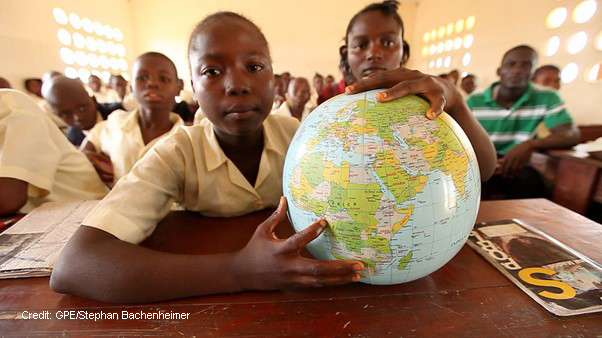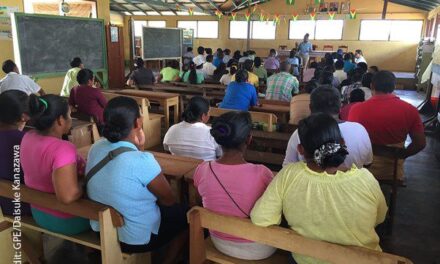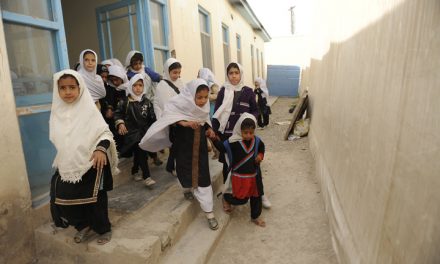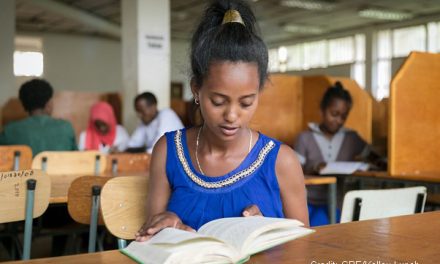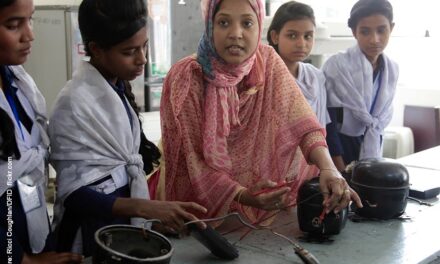This blog was written by Anja Nielsen, Senior Policy Adviser for Education and Youth at the UK Committee for UNICEF and co-chair of the G7 Education Advocacy Working Group 2021.
The Prime Minister set out early his intention to ensure that girls’ education was at the heart of the UK’s G7 Presidency. With more than 130 million girls out of school before the pandemic and up to 20 million girls at risk of not returning to school once they reopen after COVID-19, this focus was not only welcome but urgently needed.
These girls are being denied a fundamental human right. And education is also critical for economic development, child health, peaceful democracies, and other core tenets that the G7 supports. G7 leaders have recognised this for years, committing to action for girls’ education through both the Canadian and French Presidencies.
So, what happened this year?
In May 2021, the Foreign Ministers of the G7 met to discuss – among other things – the state of girls’ education around the world. At this meeting, the Ministers agreed the Declaration on girls’ education: recovering from COVID-19 and unlocking agenda 2030. And earlier this month in Cornwall, G7 Leaders endorsed the Declaration in the Leaders’ Communique.
The Declaration is a welcome addition to the global education discourse. In it, the G7 recognises the gendered impacts of COVID-19 and the devastating consequences the pandemic has had on girls’ education. The Declaration harkens back to previous decisions made but looks forward with urgency to the 2030 deadline for the Sustainable Development Goals. It affirms the G7’s recognition that ‘12 years of safe and quality education for all children, and specifically girls, is one of the most cost-effective and impactful social and economic investments governments and donors can make’.
But much more importantly, the Declaration sets out commitments to girls’ education. Through the Declaration, the G7 committed to get 40 million more girls into school and 20 million more girls reading by age 10 in low- and lower-middle income countries before 2026. Importantly, these efforts will prioritise ‘the most marginalised and vulnerable girls, most at risk of being left behind – whether on account of poverty, disability or the effects of conflict, displacement, and natural disasters.’
The G7 also committed to take action on:
- COVID-19 catch-up initiatives, including distance learning;
- systems and infrastructure strengthening to build resilience to the climate crisis;
- foundational skills for girls, including in early years;
- intersectoral approaches to tackle barriers to girls’ education, including ending gender-based violence and increasing access to comprehensive sexuality education; and
- increasing opportunities for technical and vocational education and training (TVET) and science, technology, engineering, and mathematics (STEM) teaching.
Underpinning these commitments is the G7’s ambition to ‘strengthen efforts by 2026 to’ sustain a focus on education financing (including ODA for girls’ education and scaling up innovative financing), support monitoring and evaluation, promote high-quality research, and deepen partnerships across the G7.
But what now?
While welcome, the Declaration is only as good as the action that comes from it. The G7 has set out its intention to ‘work in collaboration with developing country partners, multilateral institutions, civil society, girl-led groups, and youth leaders’ to achieve these ambitions. It is hardly controversial to affirm that all partners listed stand ready to support. The G7’s ‘rallying call’ for action on girls’ education is not only heard but echoed and amplified loudly and urgently across the world. We are ready to partner to realise every girls’ right to education.
In order to ensure we are making this change for children everywhere, the G7 must track progress on the promises made. To do so, the G7 must agree an inclusive and effective accountability mechanism, one that regularly reports progress on the Declaration. This must cover the full Declaration and not just the targets to get girls into school and learning, recognising that what is measured is what matters. Thus, measuring it all means making all of it matter.
As we look towards a second Foreign and Development Ministerial later this year, and even further ahead to Germany’s Presidency next year, the commitments set out in the Declaration on Girls’ Education must not be lost. Accountability, continuity, and commitment – these are what will finally get girls in school and learning. Let’s work together to make this happen, for every girl.

